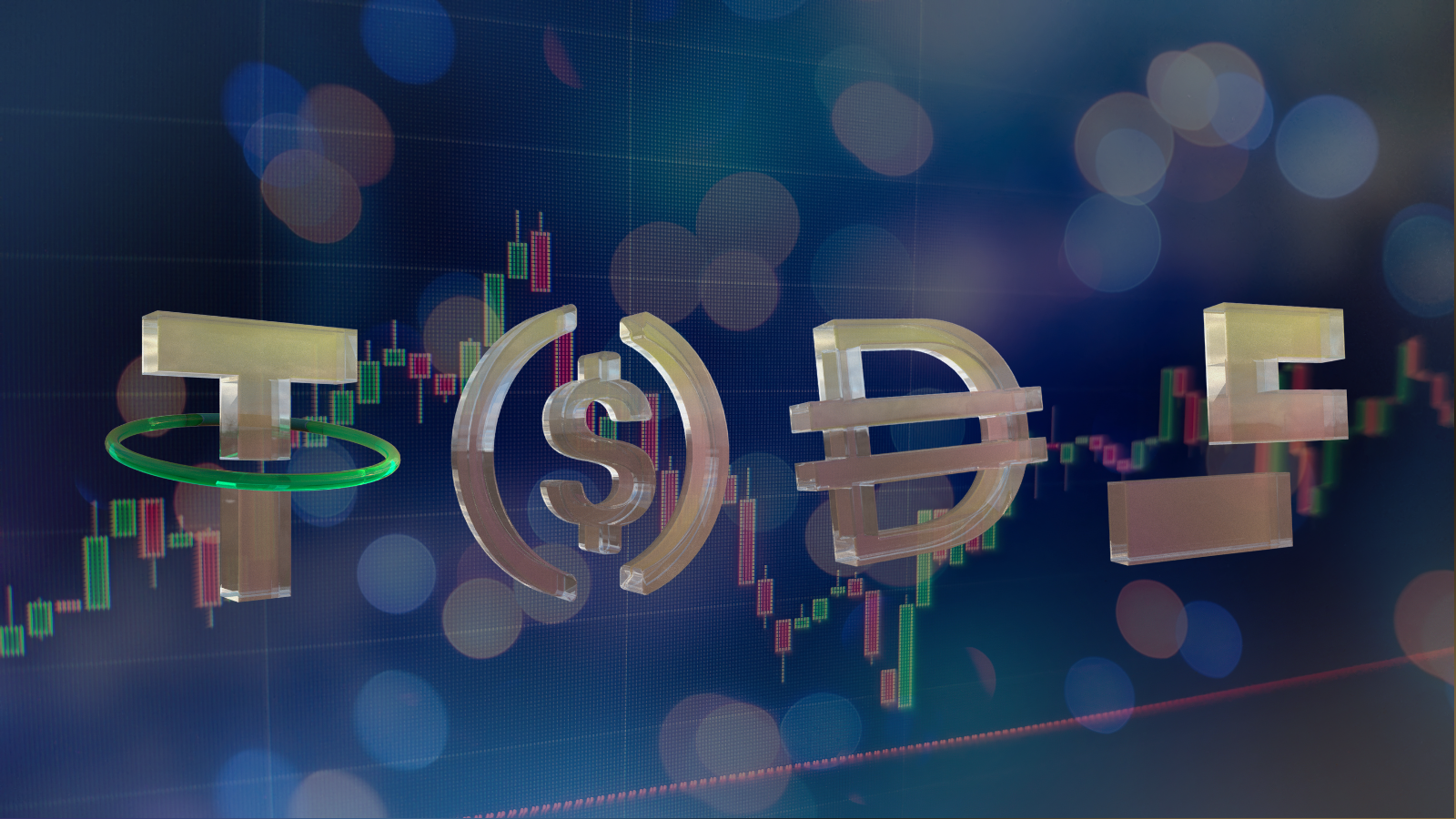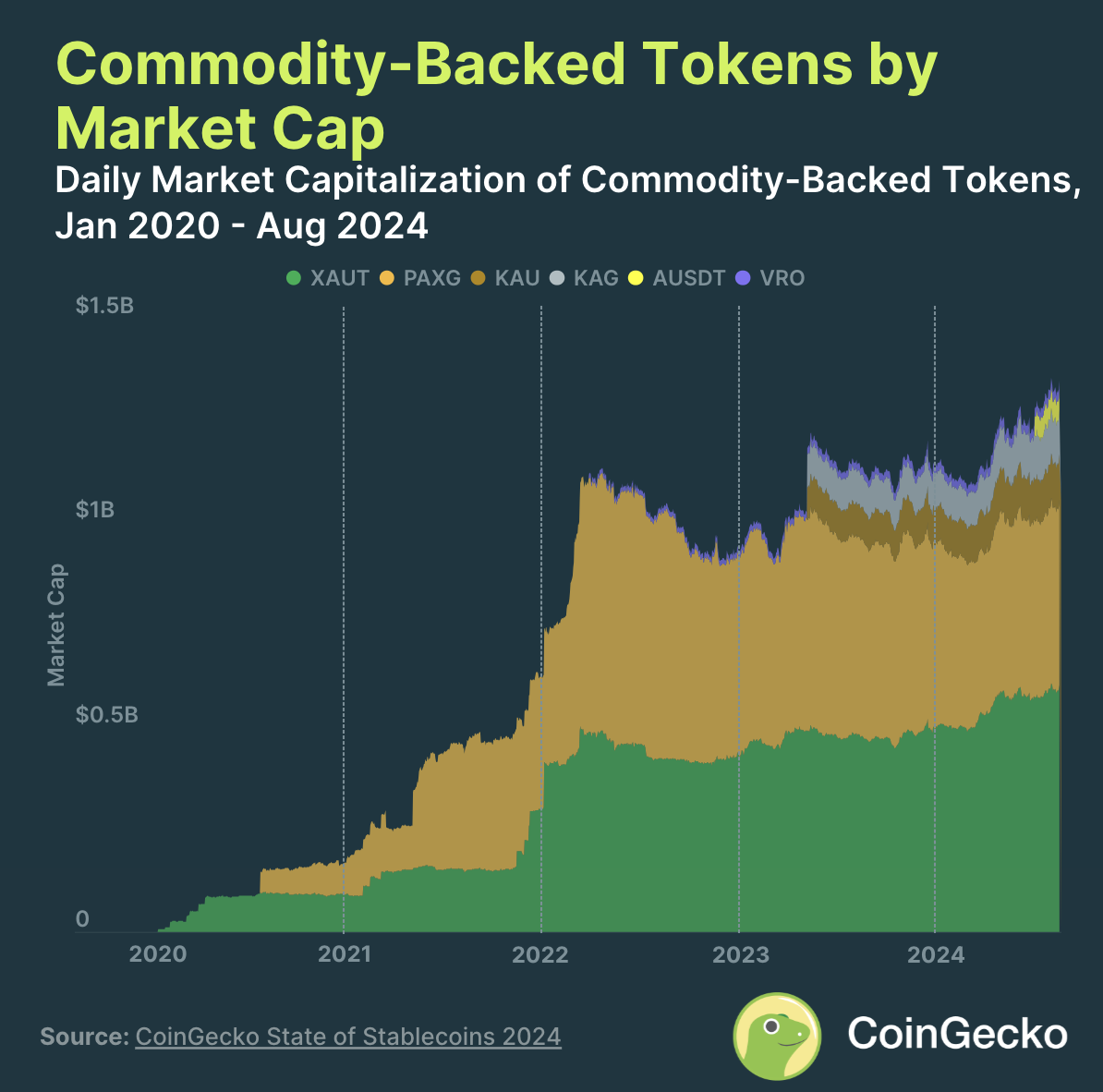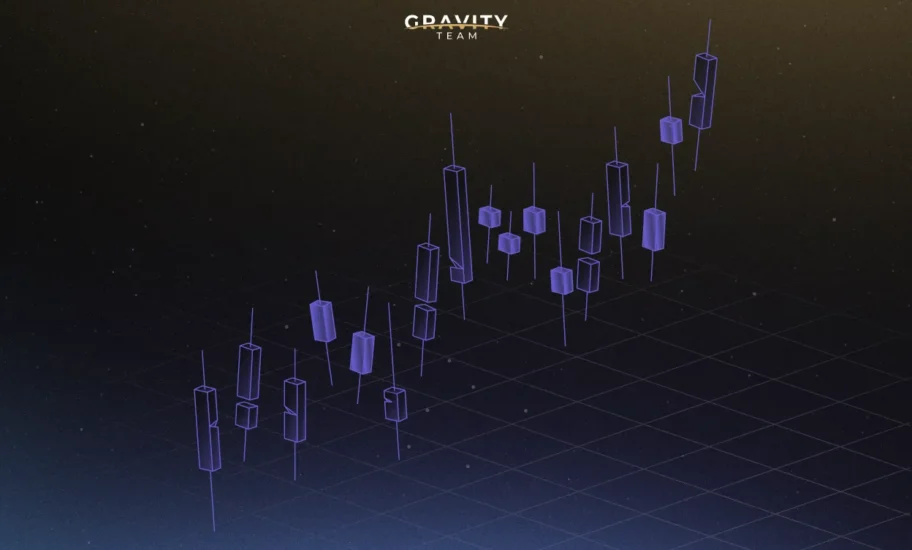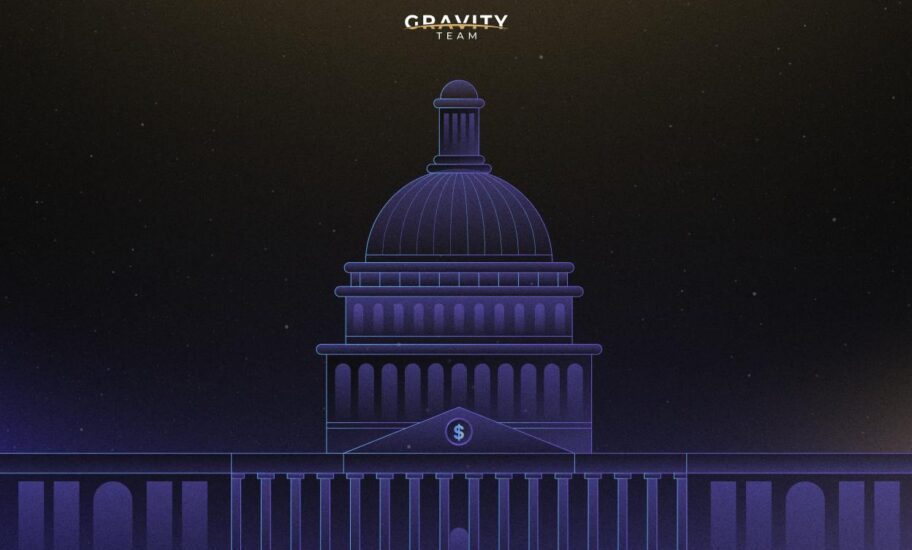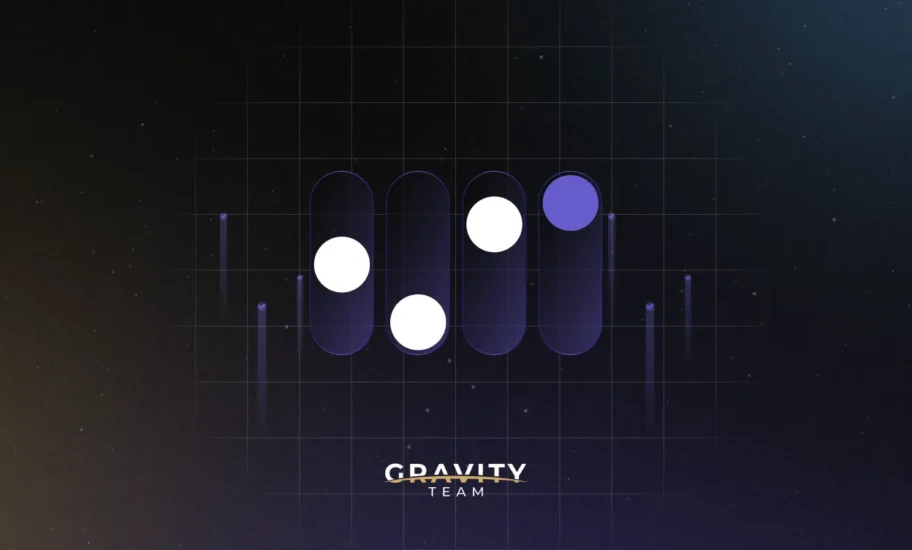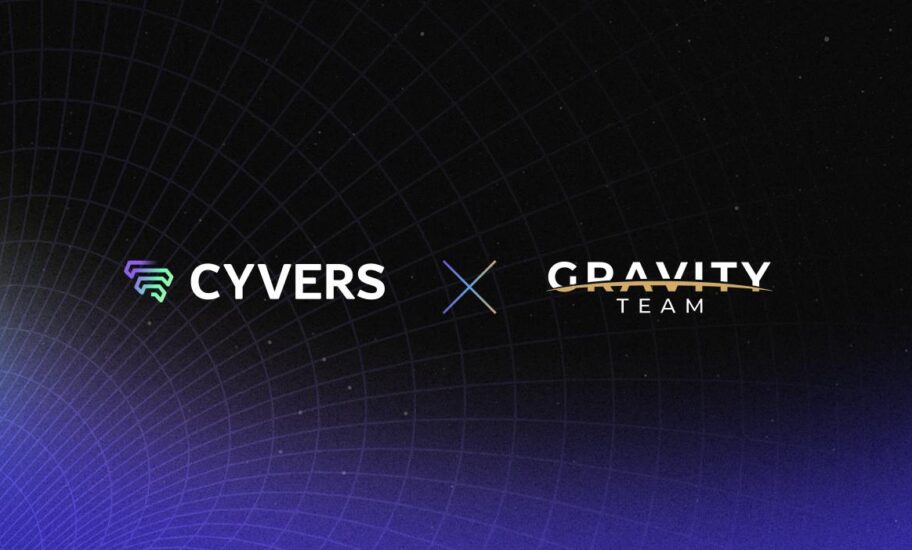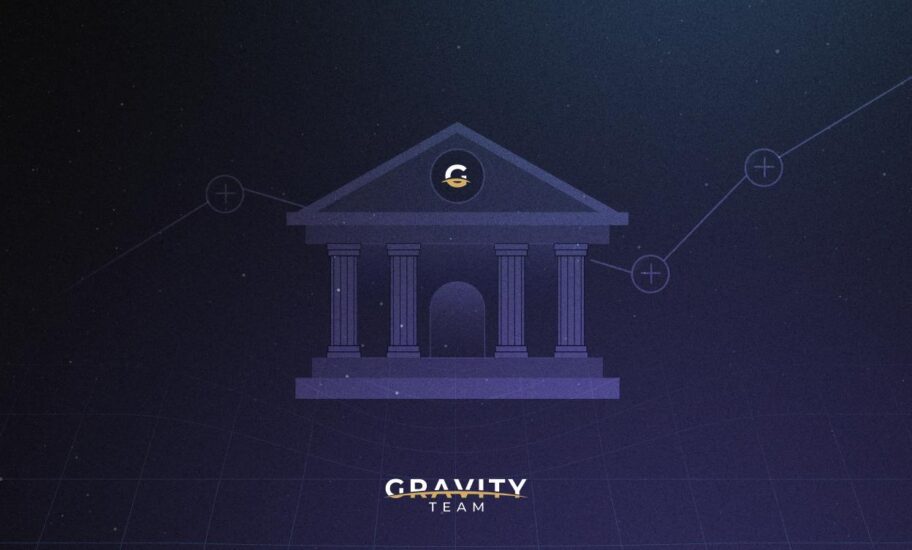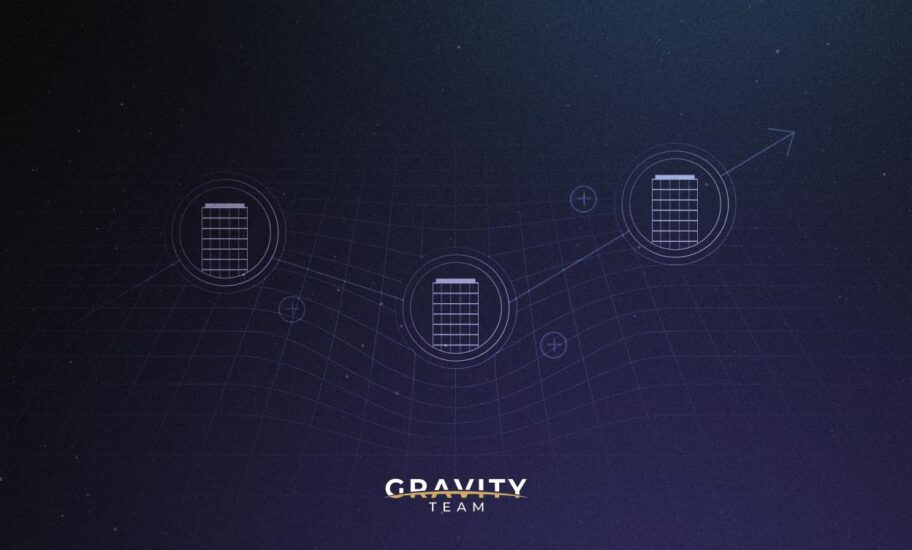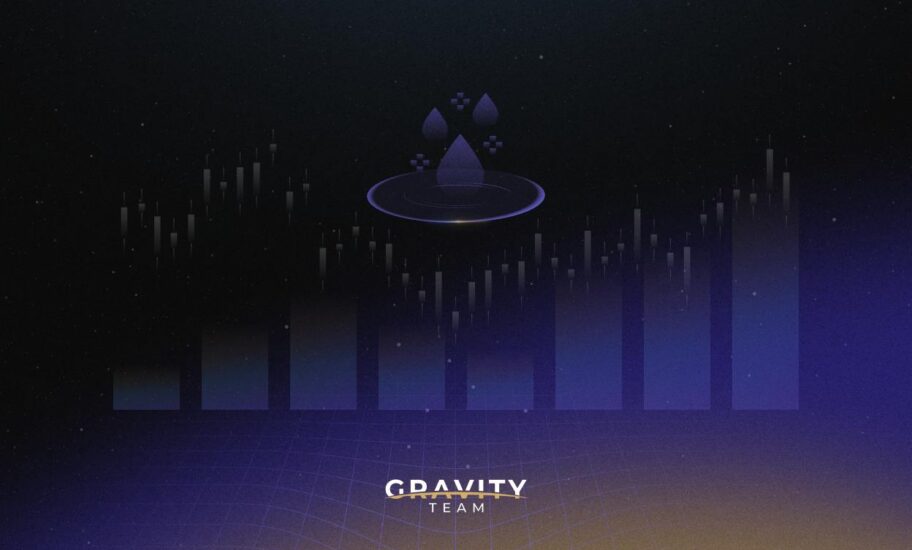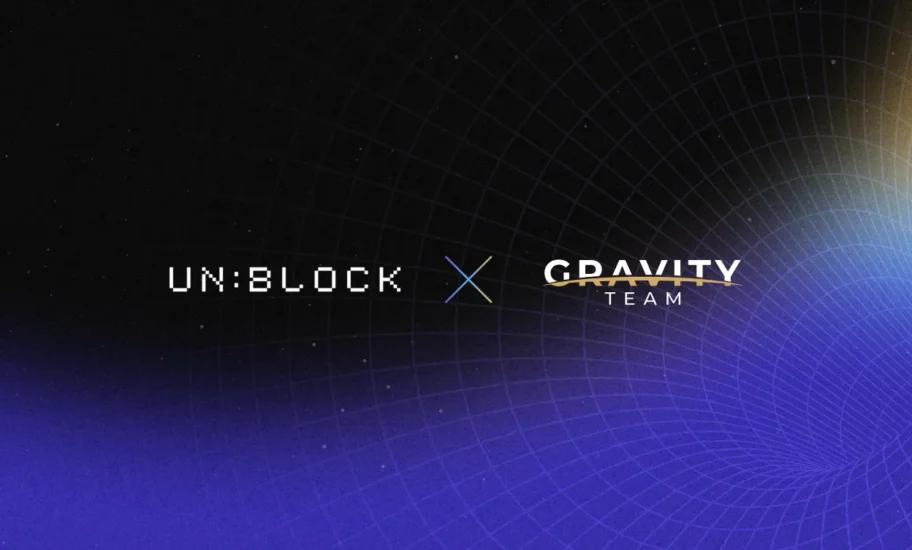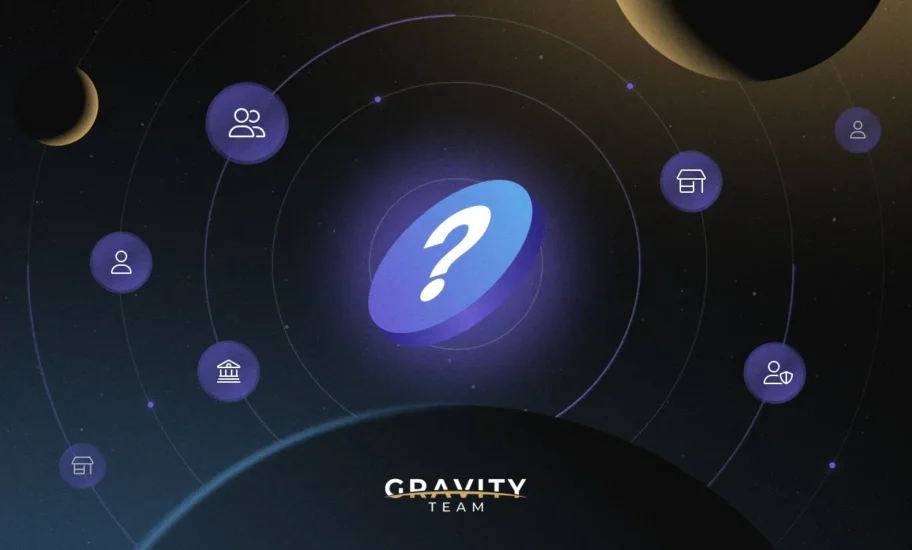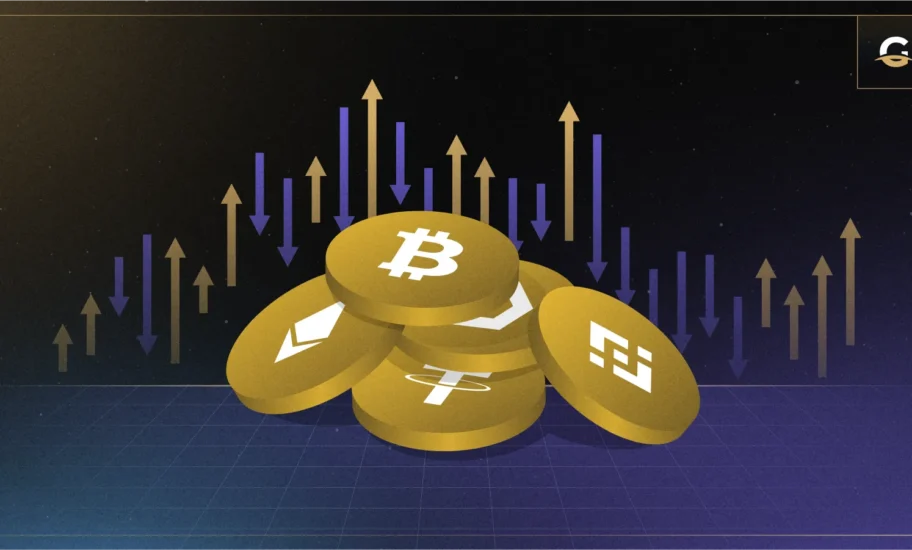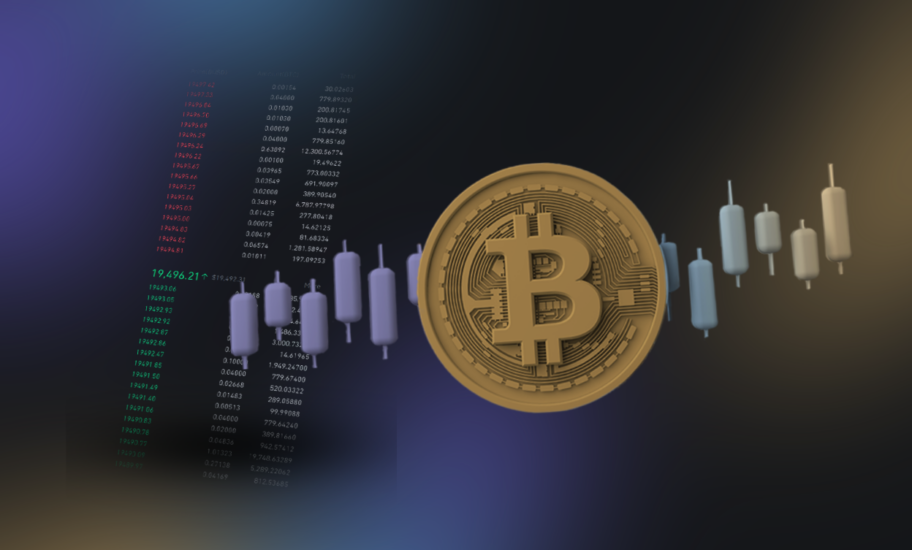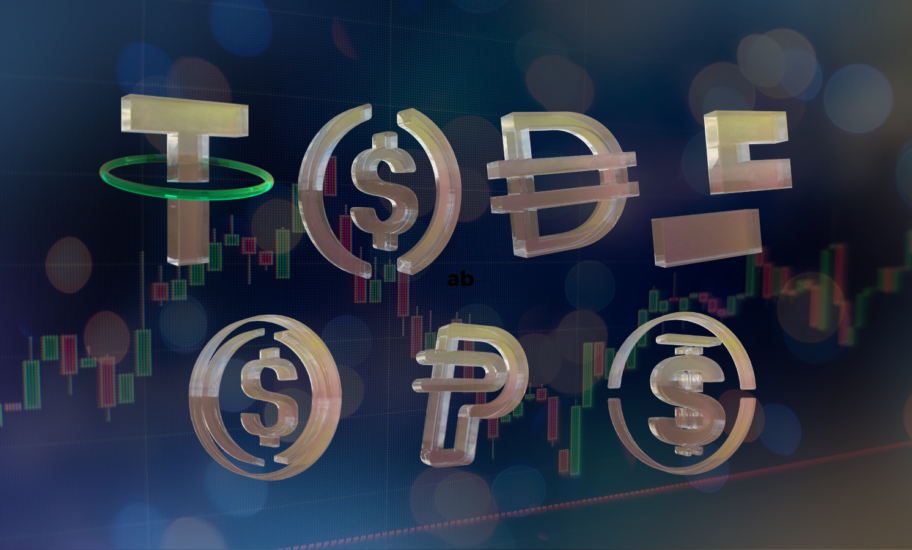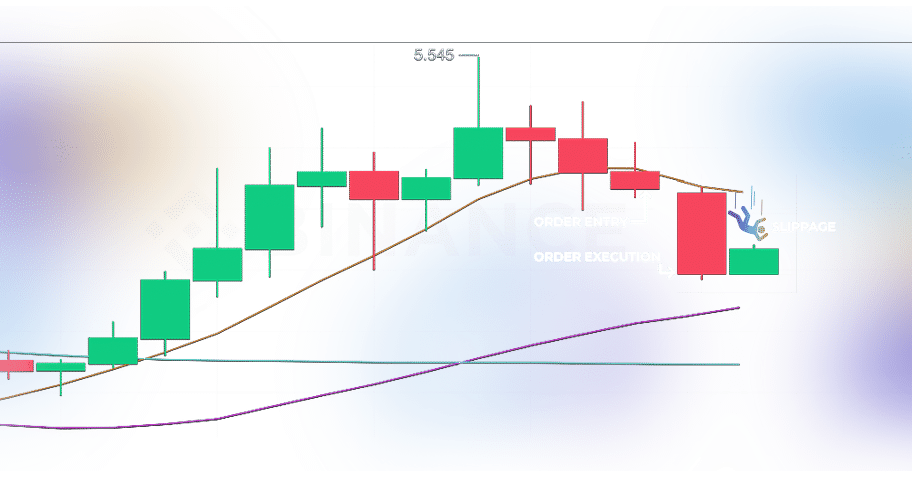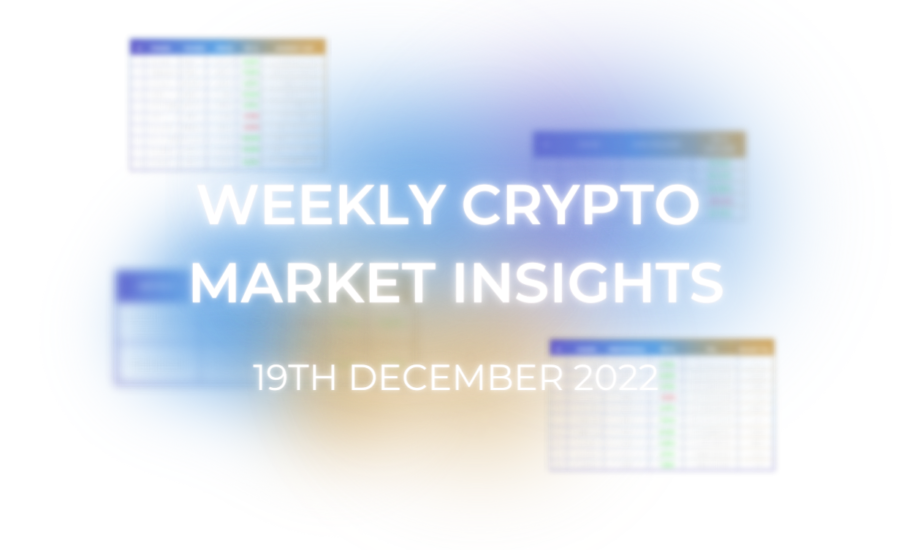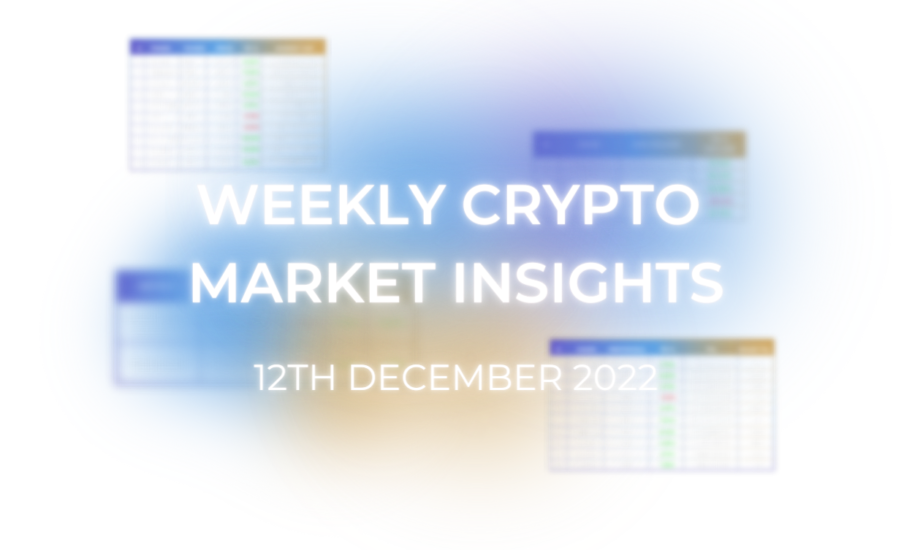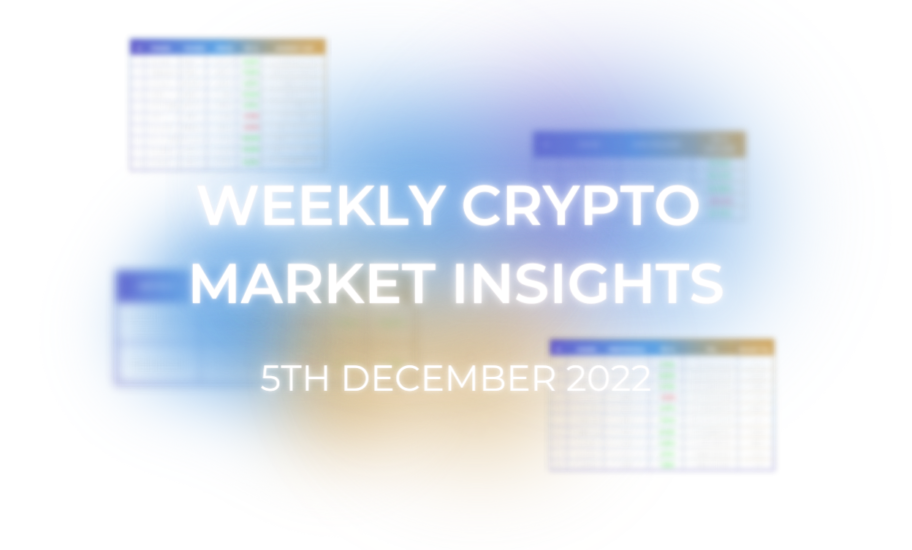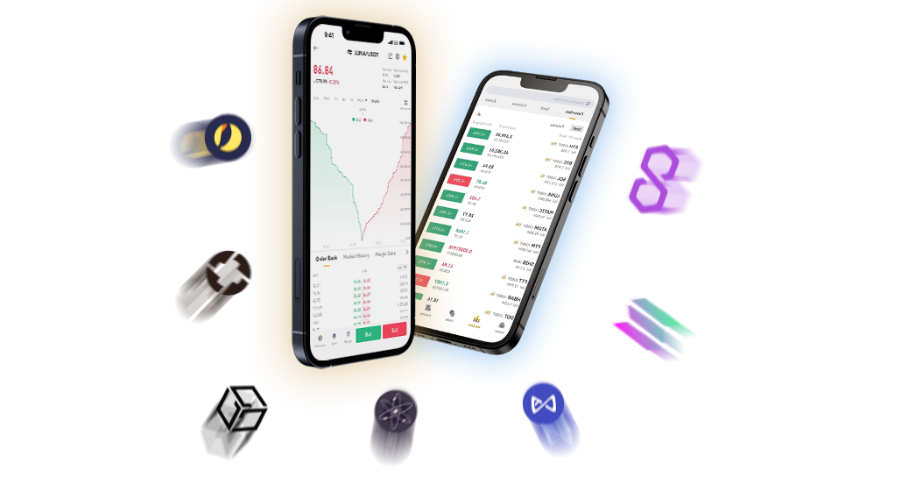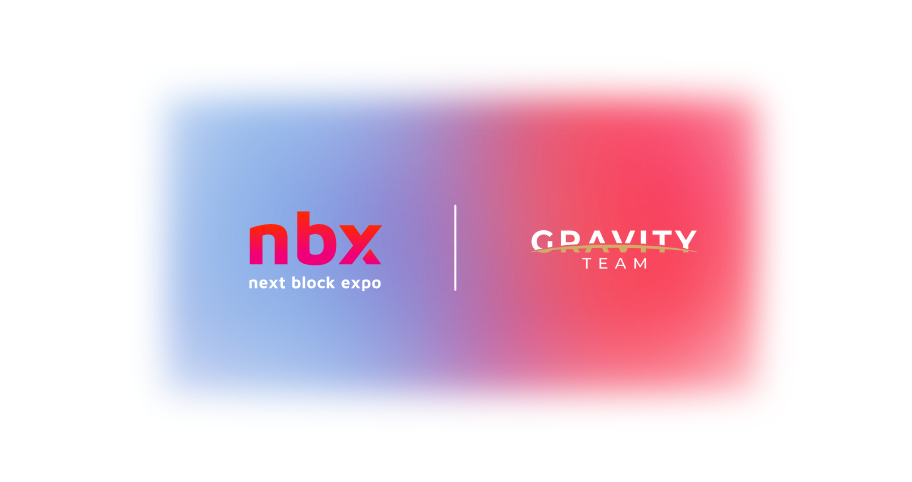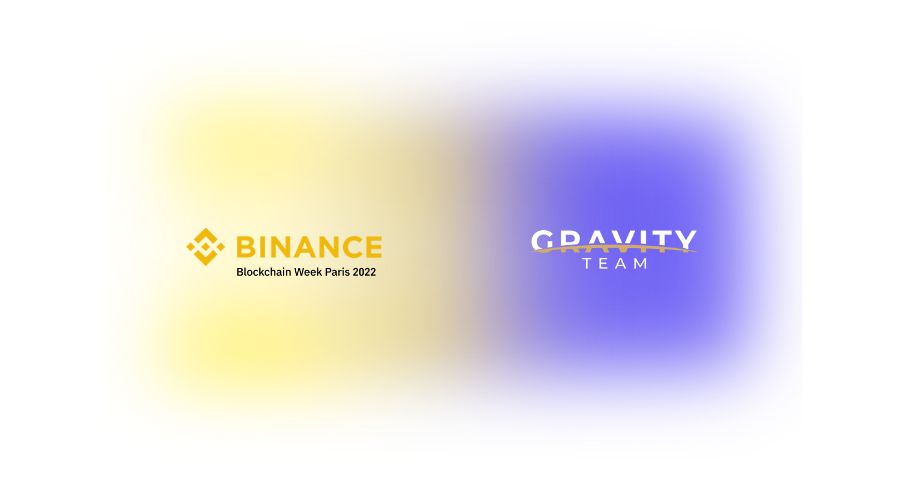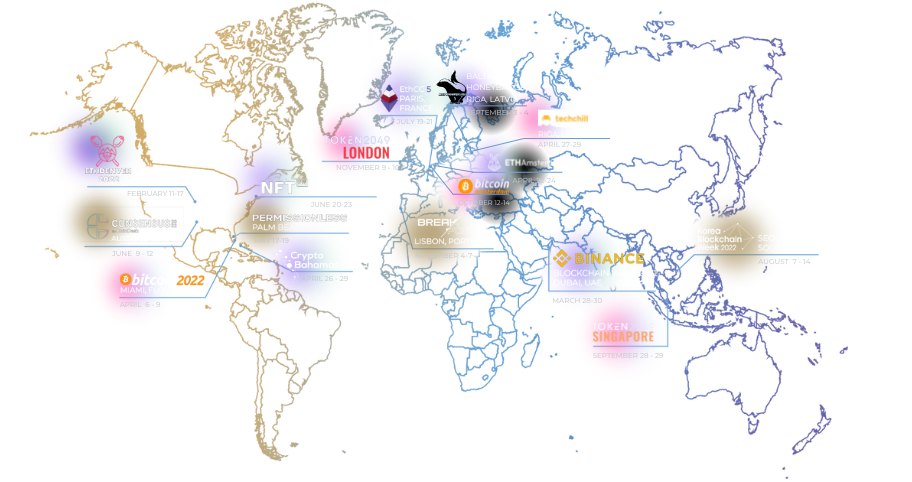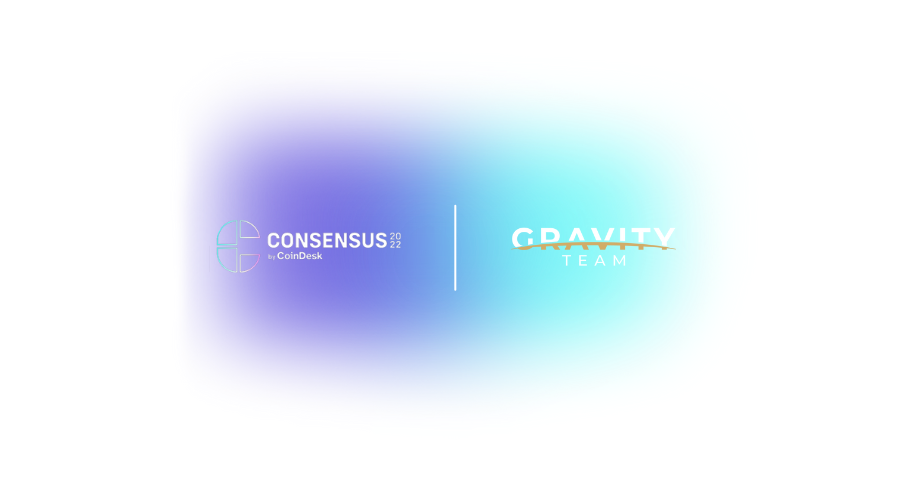
Stablecoins 101 Explained
 9 minutes
9 minutes

Disclaimer: This article is for informational purposes only and does not constitute financial advice. Always conduct your own research before buying or trading cryptocurrencies.
In the ever-evolving world of cryptocurrency, stablecoins have emerged as a stable store of value. But what is a stablecoin, and why is it garnering so much attention? Designed to minimize price volatility, stablecoins bridge the gap between traditional finance and the crypto universe. This comprehensive guide will explain stablecoins, their types, history, risks, as well as mechanisms, and key market statistics.
What Are Stablecoins?
Stablecoins are a class of cryptocurrencies that aim to maintain a stable value by pegging themselves to a reserve of assets like fiat currencies (e.g., USD, EUR), commodities (e.g., gold), other cryptocurrencies, or even algorithms. Unlike more volatile cryptocurrencies such as Bitcoin, Ethereum, or altcoins, most stablecoins offer consistency, making them better suited for transactions, remittances, and as a store of value.
Current Market Status (September 2024)
As of September 2024, the stablecoin market cap has surged to approximately $173 billion.
Michael Gronager, co-founder and CEO of Chainalysis, spoke at TOKEN2049 Singapore conference in September 2024 saying:
“One of the things we have seen as the biggest trends in crypto right now, and probably the killer app, is something as mundane as stablecoins. Two-thirds of all transactions in transaction volume on blockchains are stablecoins.” As reported by CoinDesk.
Stablecoins have become “systemically important,” with major financial institutions exploring their applications.
Key Market Statistics
- Market Capitalization: $173,015,082,897
- Trading Volume (24h): $59,228,257,869
- Dominant Players: Four leading stablecoins—Tether (USDT) at $119 billion, USDC at $36 billion, Dai (DAI) now rebranded as USDS at $5.3 billion, and First Digital USD (FDUSD) at $3.1 billion—account for ~95% of the total stablecoin market capitalization as of September 2024.
CoinMarketCap stablecoins market data as of September 2024.
Types of Stablecoins
Understanding the different types of stablecoins helps in grasping their functionalities and associated risks.
Fiat-Collateralized Stablecoins
These are backed 1:1 by fiat currencies like the US dollar or Euro. For every stablecoin issued, there is an equivalent amount of fiat currency held in reserve. Examples include Tether (USDT) and USD Coin (USDC).
Crypto-Collateralized Stablecoins
Backed by other cryptocurrencies, these stablecoins are often over-collateralized to account for the volatility of the collateral. Dai (DAI) now rebranded to USDS is a prime example.
Commodity-Backed Stablecoins
These stablecoins are backed by commodities like gold or other precious metals. PAX Gold (PAXG) is an example of a stablecoin backed by gold.
Algorithmic Stablecoins
These stablecoins are not backed by any collateral but use algorithms and smart contracts to control the supply, aiming to maintain price stability. While innovative, algorithmic stablecoins can be highly risky, as demonstrated by the TerraUSD (UST) collapse in 2022, which caused substantial market losses.
The Evolution of Stablecoins
The journey of stablecoins began as a solution to the extreme volatility witnessed in the cryptocurrency market.
- 2014: Launch of BitUSD, the first stablecoin.
- 2014: Introduction of Tether (USDT), now the most widely used stablecoin.
- 2017: Emergence of MakerDAO’s DAI, a decentralized stablecoin.
- 2018: USD Coin (USDC): Introduced in by Circle and Coinbase, a fully backed by USD reserves transparency and regulatory compliance.
- 2022: In May 2022, TerraUSD, an algorithmic stablecoin, collapsed dramatically, highlighting the risks associated with algorithmic stabilization mechanisms.
- 2024: Surge in institutional interest, cross-border payments and ever expanding role in DeFi.
Roles and Benefits of Stablecoins

Facilitating Efficient Payment Systems
- Cross-Border Transactions: Stablecoins enable faster and cheaper international payments by eliminating intermediaries.
- Remittances: Provide a cost-effective method for sending money globally.
Enhancing Decentralized Finance (DeFi)
- Liquidity Provision: Used extensively in DeFi platforms for lending, borrowing, and yield farming.
- Collateralization: Serve as collateral for various financial instruments.
Acting as a Store of Value
- Hedge Against Volatility: Offer stability in the often turbulent crypto market.
- Protection Against Inflation: In countries with unstable currencies, stablecoins provide a safer alternative.
Promoting Financial Inclusion
- Accessibility: Anyone with internet access can use stablecoins, bypassing traditional banking barriers.
- Empowering the Unbanked: Opens financial services to individuals without access to traditional banks.
How Stablecoins Work
Stablecoins use a combination of transparent mechanisms to ensure that their value remains stable, offering users confidence in their reliability.
- Issuance and Redemption: Stablecoins are issued when users deposit collateral, whether in fiat currencies, cryptocurrencies, or commodities, with the issuer. They can be redeemed by returning them to the issuer, who burns the tokens and provides the collateral back to the user.
- Smart Contracts: In decentralized models, smart contracts automate the issuance and redemption of stablecoins. These self-executing contracts eliminate the need for intermediaries, ensuring transparency in the stablecoin ecosystem by automatically adjusting supply based on demand.
- Arbitrage Mechanisms: Traders play a critical role in stabilizing the price of stablecoins. When a stablecoin’s value drifts from its peg, arbitrage opportunities arise, allowing traders to buy or sell the stablecoin for profit while naturally correcting its price back to the target.
Risks Associated with Stablecoins
While stablecoins offer numerous benefits, they also come with inherent risks:
De-Pegging Risk
- Market Fluctuations: Extreme market conditions can cause stablecoins to lose their peg.
- Liquidity Crises: Insufficient reserves can lead to instability.
Regulatory Challenges
- Stablecoin Legislation: Ongoing debates on stablecoin regulation can affect their usability.
- Compliance Issues: Varying regulations across jurisdictions can complicate transactions.
Centralization Concerns
- Custodial Risk: Centralized stablecoins rely on a central entity, introducing single points of failure.
- Transparency Issues: Lack of regular audits can raise doubts about reserve holdings.
Technology and Security Risks
- Smart Contract Vulnerabilities: Potential for hacks and exploits in the underlying code.
- Blockchain Scalability: Network congestion can lead to delayed transactions and higher fees.
Stablecoins and Emerging Technologies
Integration with Decentralized Finance (DeFi)
- Yield Farming: Stablecoins are used in stablecoin yield farming, allowing users to earn interest.
- Liquidity Pools: Provide stability in liquidity pools, enhancing the DeFi ecosystem.
Adoption in Cross-Border Payments
- Remittances: Offer a faster and cheaper alternative for international money transfers.
- Financial Inclusion: Enable access to financial services in underbanked regions.
Real-World Asset Tokenization
- Commodity-Backed Stablecoins: Assets like gold and real estate are being tokenized, expanding investment opportunities.
- Proof of Reserves: Technologies like Chainlink provide transparency in verifying collateral.
Who Should Consider Stablecoins?
Investors Seeking Stability
- Risk-Averse Individuals: Those looking to enter the crypto market with minimal volatility.
- Portfolio Diversification: Investors aiming to balance their crypto portfolios.
Businesses and Merchants
- Payment Processing: Accept stablecoins to reduce transaction fees and eliminate chargebacks.
- Global Trade: Simplify international transactions without currency conversion complexities.
Individuals in Developing Countries
- Hedge Against Inflation: Protect savings from local currency devaluation. In countries, such as Venezuela, Zimbabwe, Sudan, Argentina and Turkey, there have been high inflation rates in 2023, ranging from 50-667%, making a strong case for hedging.
- Access to Global Markets: Participate in international commerce without traditional banking barriers.
Crypto Traders
- Hedging Tool: Use stablecoins to mitigate risk during market volatility.
- Arbitrage Opportunities: Leverage price discrepancies across exchanges.
Conclusion
Stablecoins have become a cornerstone of the cryptocurrency ecosystem, offering the stability required for everyday transactions and bridging the gap between traditional finance and digital innovation. They unlock new possibilities in payments, DeFi, and global financial inclusion. However, it’s essential to remain aware of the associated risks and conduct your own research before buying and trading stablecoins.
Stay tuned for part 2 of our series where we will explore the top 10 stablecoins of 2024!
About Gravity Team
Gravity Team is a crypto market maker and liquidity provider founded in 2017. Our key focus is on providing fair crypto-asset pricing globally. With a dedicated team of ~50 professionals, we actively trade over 1,400 crypto-asset pairs across 30+ exchanges worldwide.
Disclaimer: This article is for informational purposes only and does not constitute financial advice. Always conduct your own research before buying or trading cryptocurrencies.
Contact Us
We are always open to discussing new ideas. Do reach out if you are an exchange or a project looking for liquidity; an algorithmic trader or a software developer looking to improve the markets with us or just have a great idea you can’t wait to share with us!


